:-)
Urs August Steiner (CH)
Born 1980, lives in Zürich, Switzerland
Education
2009/11
Master in Fine Arts, ECAL, University of Art and Design Lausanne
2007
Fine Arts, CCA, California College of the Arts, San Francisco
2005/08
Bachelor Scenography, ZHdK, Zurich University of the Arts, Zürich
Solo exhibitions
2021
- S01E08 Exposure, Untitled Basel, Basel
2019
- Swiss Pavilion - S01E03 Pavilion, Bombay Beach Biennale, California
- S01E02 Defreeze, Nextex, St.Gallen
2017
- Super Cool X-1000, Fokus Preis, Kunsthaus Glarus
- Smoke Gets in Your Eyes, Old Dogs - New Tricks, With Walter Pfeiffer, Dienstgebäude, Zürich
2015
- Buster Six, Des Pacio, San José, Costa Rica, CRI
- Orbit 2046, MoCA Pavilion, Museum for Contemporary Art, Shanghai, CHN
2014
- Twin Peaks, Grand Palais, Bern
- Buster II, Lokal-int, Biel
2013
- Some Scream and Some Don‘t, Splatterpool, New York, USA
Group exhibitions (selection)
2021
- Trovate Ortensia, Fondazione ICA Milano, Milano
2020
- Werk- und Auslandatelier-Stipendien 2020, Helmhaus, Zürich
2019
- The Big Rip, Bounce, Chill or Crunch?, Last Tango, Zürich
2018
- Heimspiel, Kunsthalle Sankt Gallen
2017
- Previous, Blossom, Zürich
- Farrago, L‘OV, Centre d‘art Neuchâtel
2016
- Eleven Flags, Sitterwerk, St. Gallen
2015
- New Glarus, Kunsthaus Glarus
- F?!, Commonwealth and Council, Los Angeles, USA
2014
- Kunstschaffen Glarus und Linthgebiet, Kunsthaus Glarus
- Catch of the Year, Dienstgebäude, Zürich
- The Rest is Noise, Internationale Kurzfilmtage Winterthur
Awards / Residencies
2019
- Artist residency, Roma Calling, Istituto Svizzero di Roma, ITA
- Bursary award, UBS
2018
- Bursary award, canton St. Gallen
- Research bursary, Pro Helvetia 2016
2016
- Bursary award, canton St. Gallen
2015
- Artist residency, Pro Helvetia, Shanghai, CHN
2014
- Fokus-Prize, Kunsthaus Glarus
2012
- Artist residency, Residency Unlimited, New York, USA
Collection
2019
- Canton St.Gallen
Web-Development
Another Code Project
Karen Czock, Fabian Wohlfart
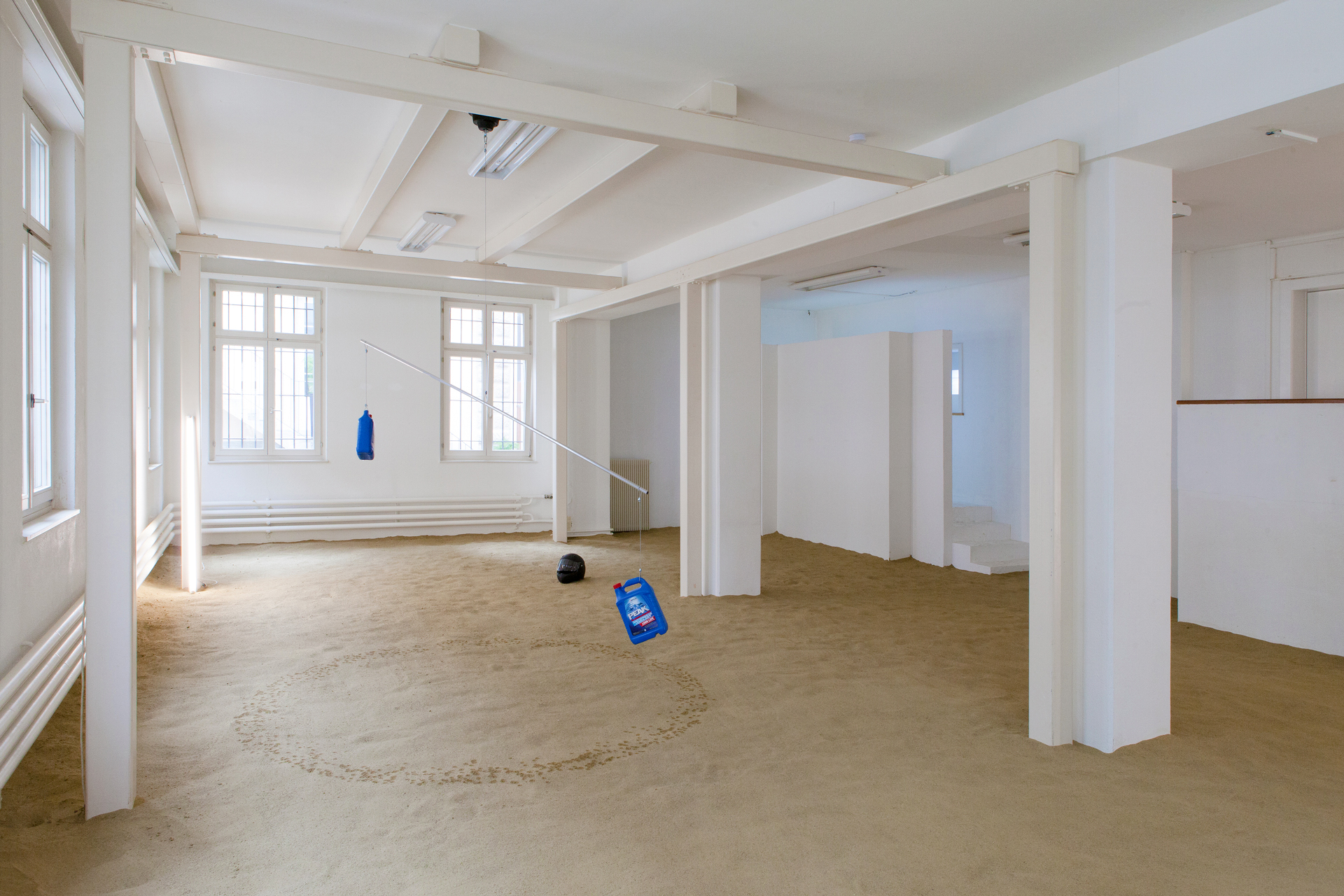
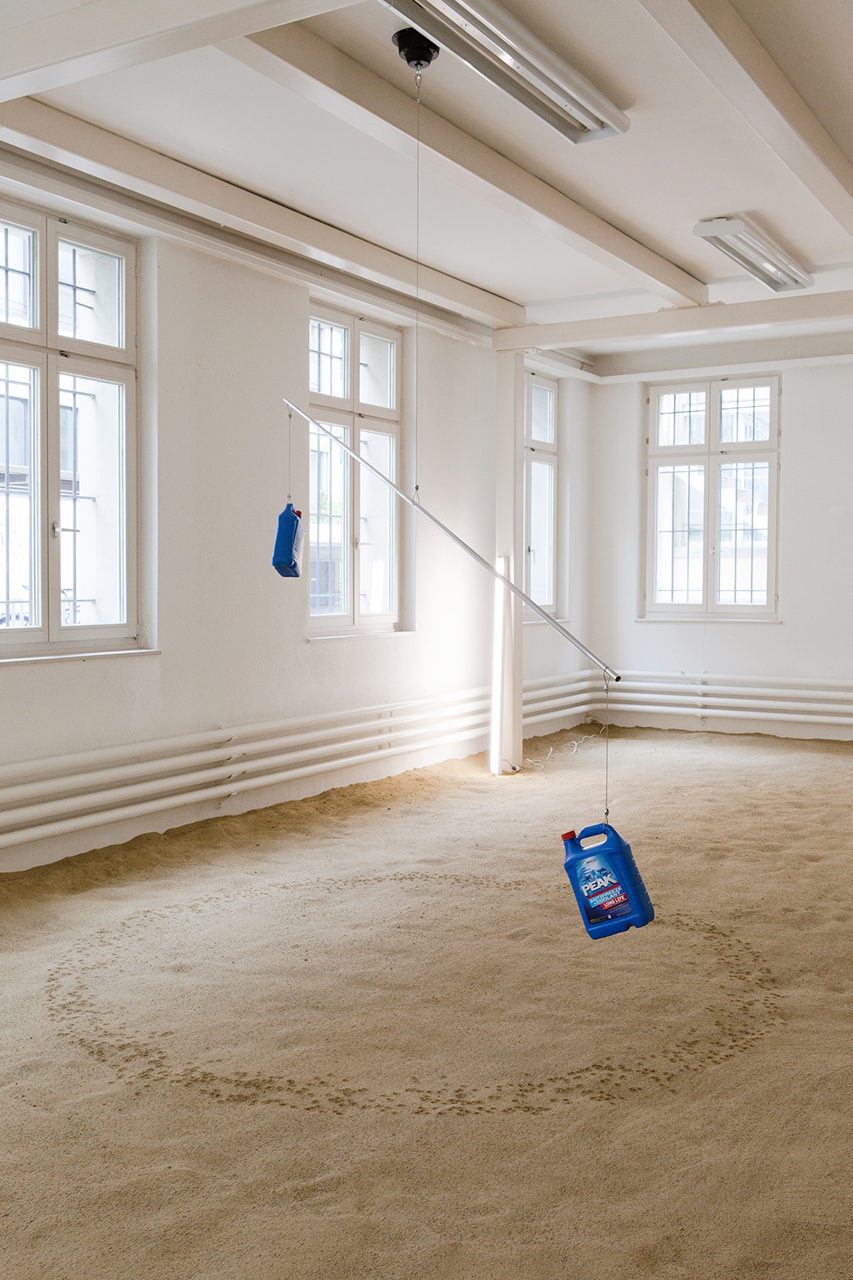
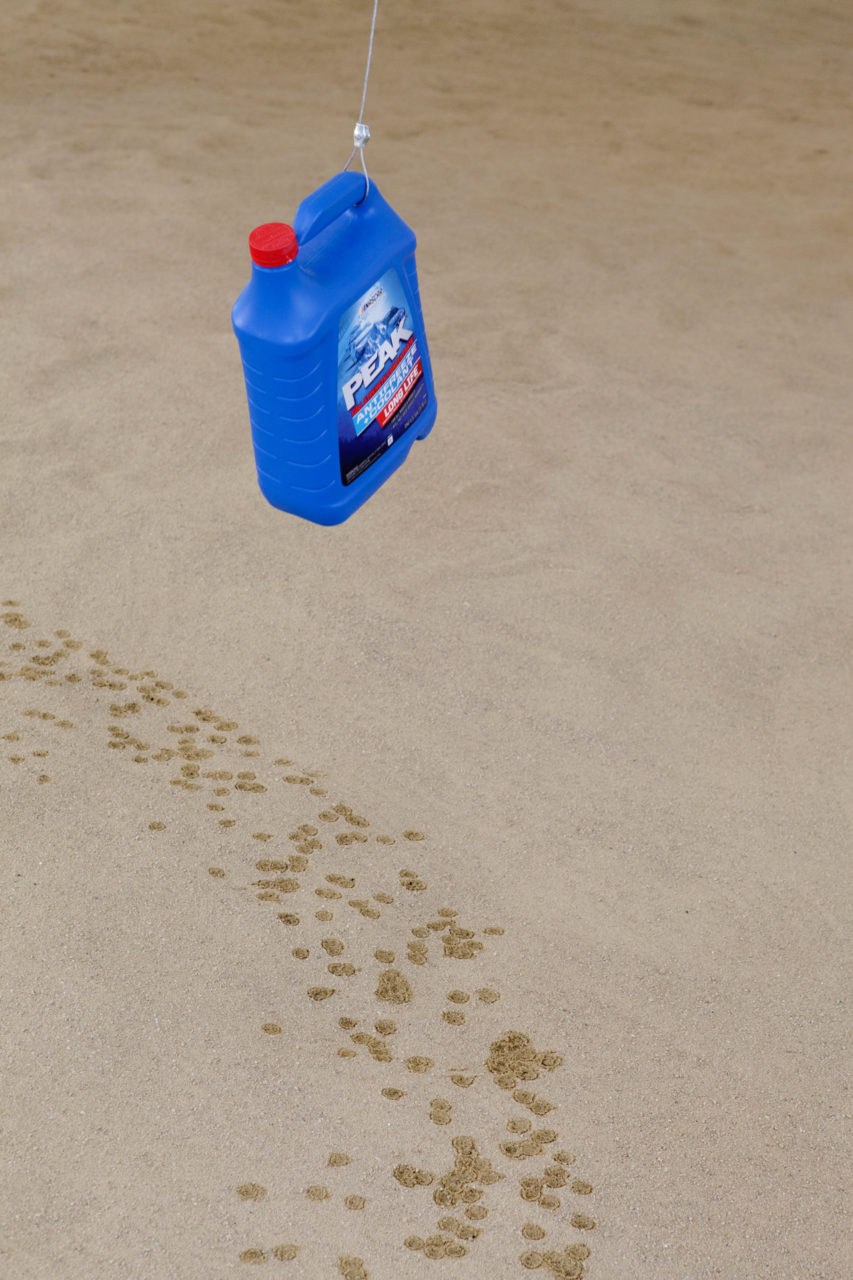
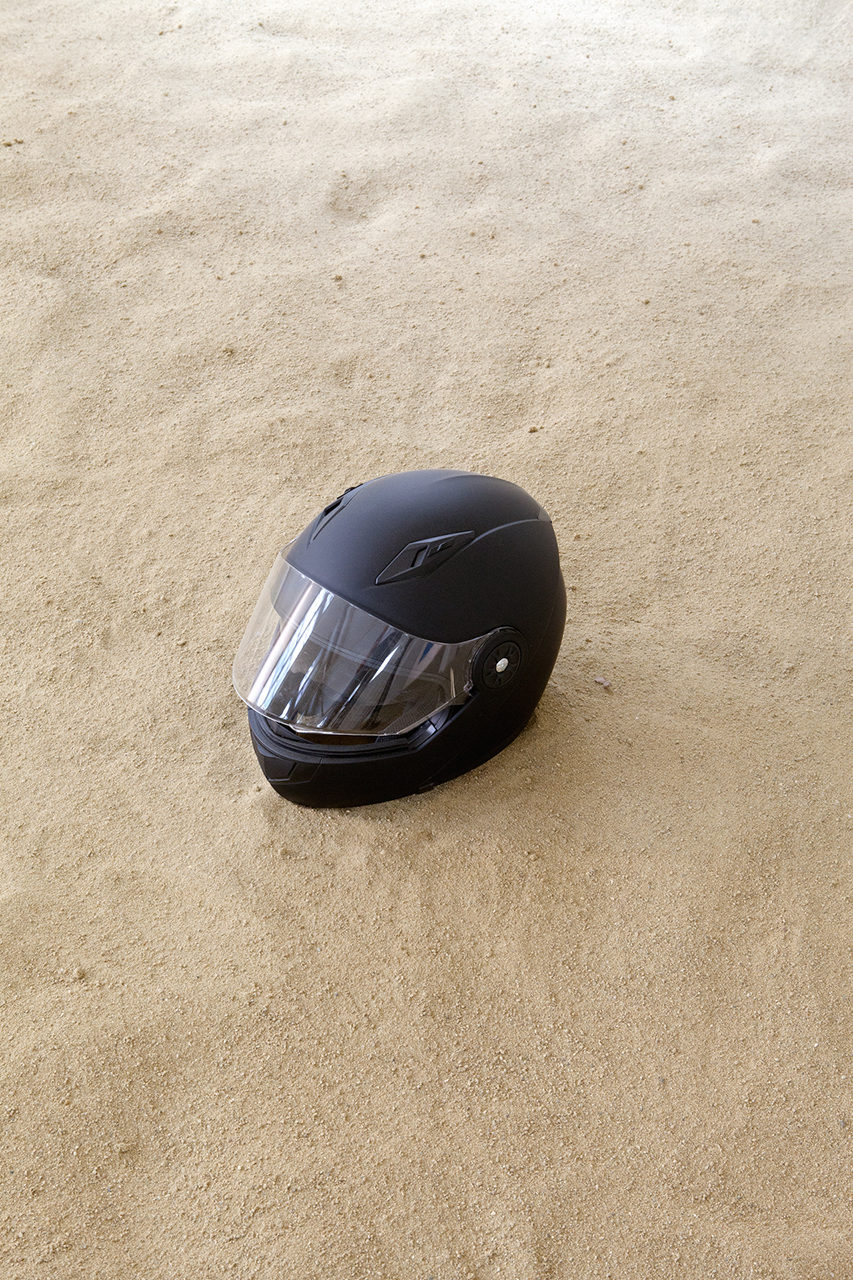
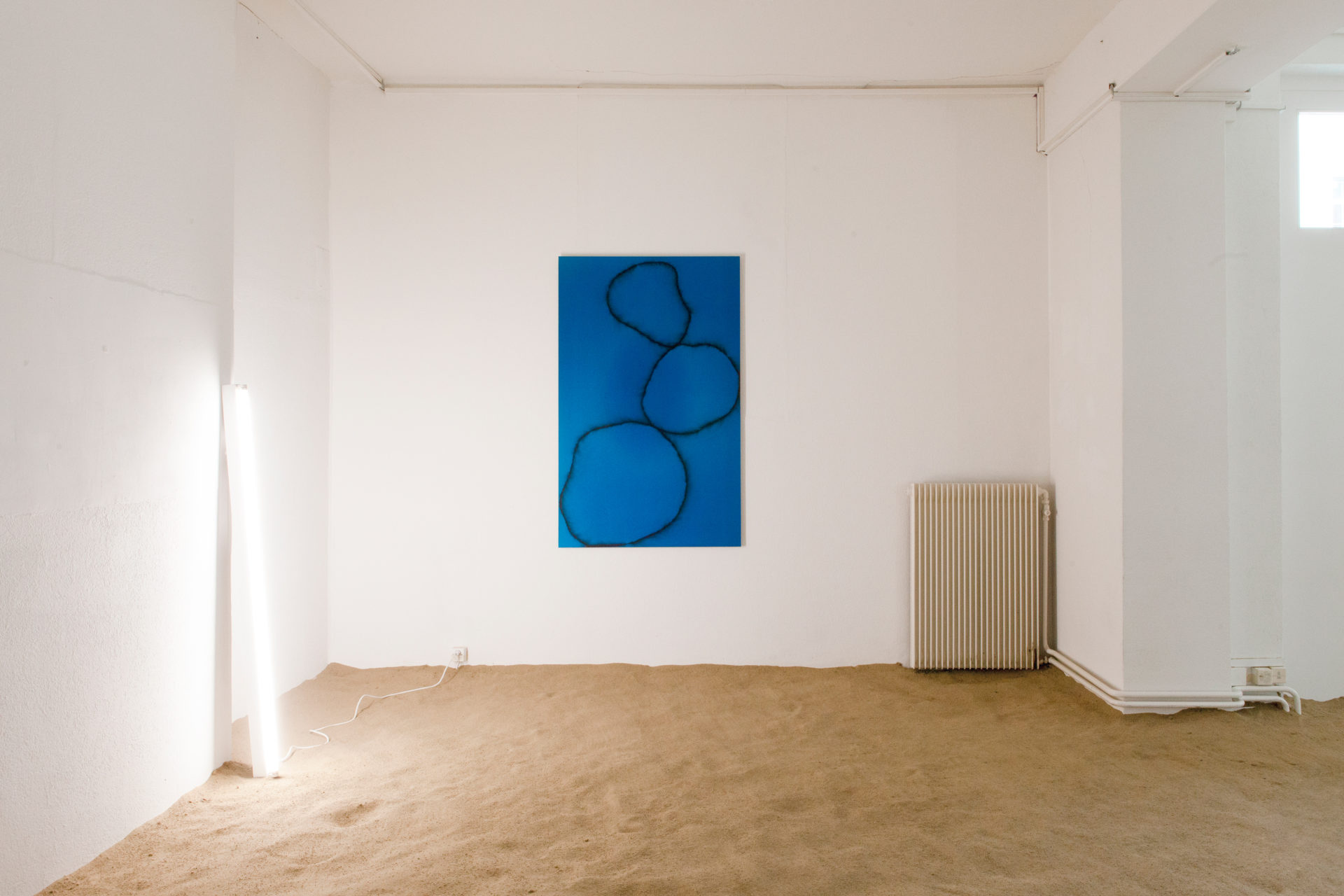
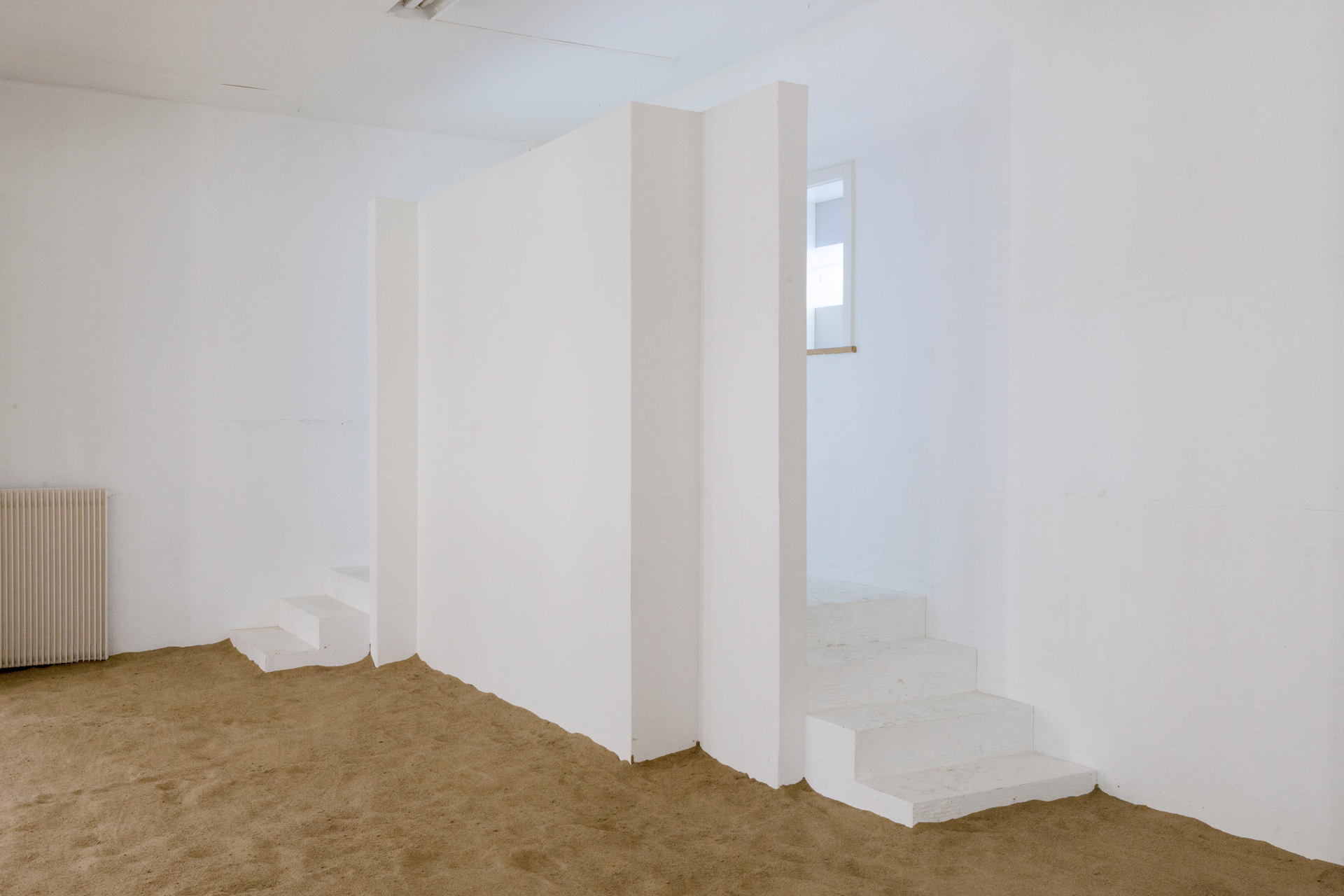
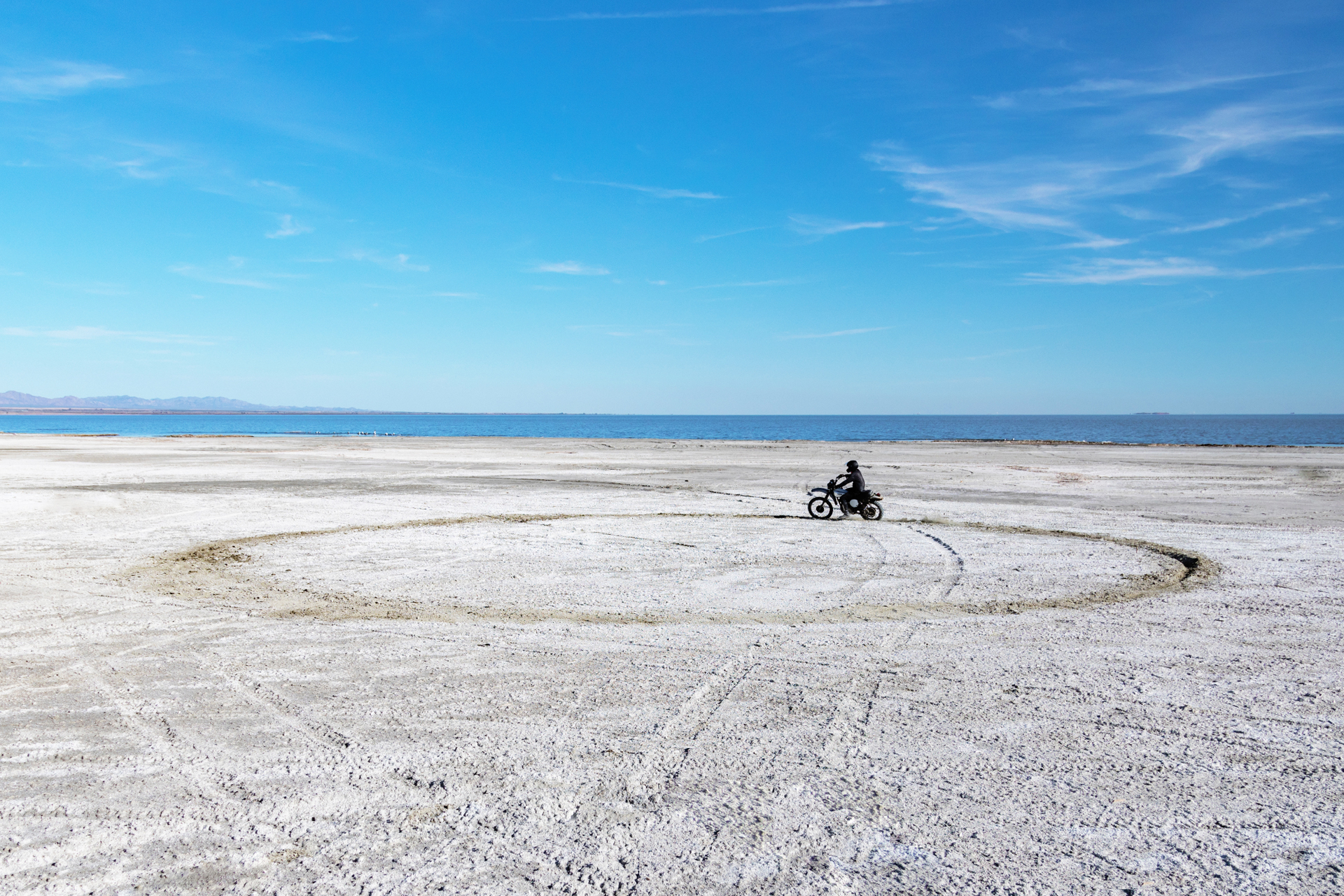
Installation, 2019
Solo exhibition, Nextex, St.Gallen
The leitmotifs of the exhibition could hardly be more contrasting: The sand as an unsteady mass in which our traces demonstratively manifest themselves only briefly, and the circle as a symbol of perfection and infinity. Between these poles, we stomp on shaky feet through the minimalist setting that Urs August Steiner has set up in the art space Nextex under the title S01E02 Unfreeze, in which a multiple interconnected narration soon unfolds.
The code-like sequence of letters and numbers in the exhibition title is easily deciphered in Netflix’s age: Steiner apparently presents us with the second episode of the first season of a series. A film series? An artistic series, called Non Crystal*, but whose foundation is closely linked to the cinematic, Steiner often finds inspiration for his work in the analytical deconstruction of movies or TV series. For example, Buster Keaton, a silent film star who is always fond of flickering, initially gave the impetus for Steiner to cast burnt fuses in epoxy resin to create abstract images. This is process art at its finest, which right at the entrance to the current exhibition in Untitled becomes a striking symbol for the attempt to preserve something that inevitably ends in a certain form.
Thus the thematic spectrum of Steiner’s show is marked out: transience versus infinity and the desire to replace the former with the latter. It is a utopia that reaches far back in the history of mankind. In our high-tech world, the belief in its realization is not rationalized away, but rather the fulfillment of the wish seems within reach: cryonics is the keyword of the hour. The possibility of freezing organisms indefinitely and thawing them later is a promising cure for human mortality. Perhaps cryonization could even serve as a corrective for misconduct and strokes of fate – at least that’s how Tom Cruise plays it in the film Vanilla Sky, which was decisive for Steiner’s examination of the subject. For the first time, the artist developed an installation from this in 2016 at the Kunsthaus Glarus, which functioned as a pilot project for the Non Crystal series.
In the meantime, Steiner has visited the company Alcor Life Extension Foundation in the Arizona desert, where the experiment to overcome mortality has already begun: In stainless steel tanks, liquid nitrogen stores the remains of deceased individuals who want to resume their lives in the distant future. Their bodily fluids have been replaced by a kind of antifreeze – the “operating function” of the human body is thus ensured by means similar to those of a vehicle in the icy winter. Under the title Melting Peak, two incessantly circling, “bleeding” anti-freeze canisters draw this approach of man and machine into the sand.
In the film Circuit, a similar drawing is created by a round turning motorcyclist, dressed in pitch black, on an abandoned beach, only to level out the scratched circular form with a rake in the second part of the video diptych. Actively blur one’s own fleeting trace, or burn it into the world run by means of cryonics? Perhaps human existence, in the face of advancing technologization, will actually be pointed to this question of decision.
Despite the potential immortality in Steiner’s exhibition, euphoria may not really arise. Too present, albeit subtly scattered, is the discomfort with the technically prepared forms of life and death in the reduced staging: The motorcyclist takes action against the backdrop of the Salton Sea, a lake around twice the size of Lake Constance, which lies 460 kilometres west of Alcor’s headquarters and was once created by a man-made catastrophe. As a stagnant body of water, it has a constantly increasing concentration of salt and selenium – a death sentence for many local fish and bird populations. The helmet of our film hero, which he doesn’t take off as an absurdity-enhancing element even when raking, lying in the exhibition room reminds us that in cryonics the head or brain is regarded as the most “good” worth protecting. The heart as the supposed seat of the soul is secondary, as are the remaining organs or limbs, with the conservation of the “control apparatus” of an individual seems to guarantee its future revival. The helmet is embedded on quartz sand, which is also used for glass production – after all, in cryonics, bodies are not “preserved” but “glazed”. And above all this one almost smells the smell of an inevitably smouldering fuse…
*“In physics and chemistry, substances whose atoms do not have an ordered structure but an irregular arrangement are called “non crystal”. Glass and epoxy resin, for example, are such “amorphous” materials. Accordingly, in Steiner’s series Non Crystal, the various narrative strands will not unfold linearly, but in loosely connected episodes.
Text: Deborah Keller
Supported by: Department of Culture Canton St.Gallen, Swiss Arts Council Pro Helvetia
Image 01
S01E02 Unfreeze, installation, quartz sand, dimensions variable
Image 02
S01E02 Unfreeze, mobile, Melting Peak, canister, aluminium rod, wire ropes, torque motor, Ø 250 cm
Image 03
S01E02 Unfreeze, mobile detail, Melting Peak, canister, antifreeze
Image 04
S01E02 Unfreeze, installation detail, Mac Guffin, motorcycle helmet
Image 05
S01E02 Unfreeze, wall work, untitlet, fuses on aluminium, cast in epoxy resin, 100 x 160 cm
Image 06
S01E02 Unfreeze, videos, Circuit I, 4:55, Circuit II, 12:00, Salton Sea, CA
Image 07
S01E02 Unfreeze, videos, Circuit I, 4:55, Salton Sea, CA